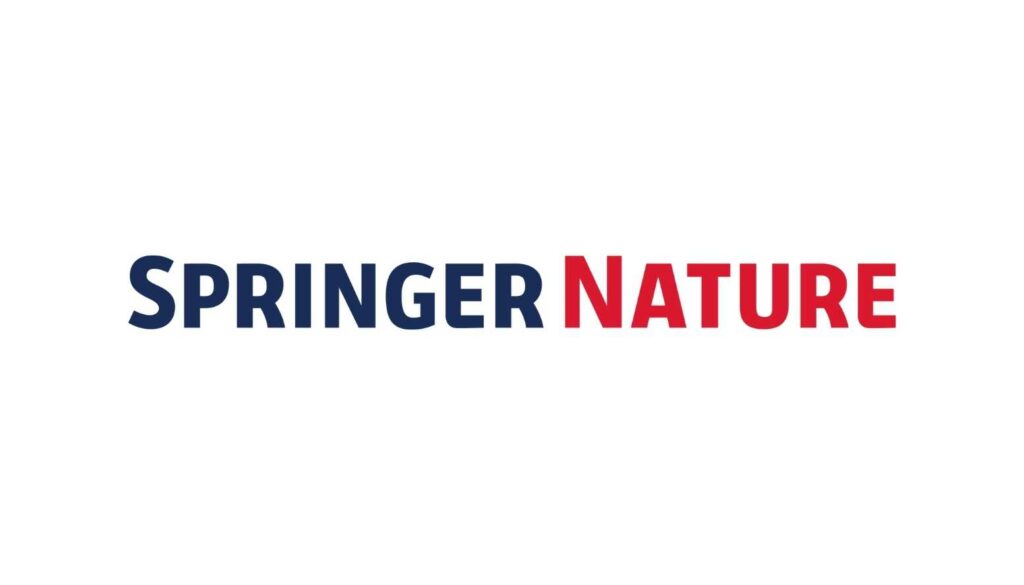Springer Nature

About the Company
Springer Nature came together in 2015 to bring about a new major player in scholarly publishing. It’s goals are to become the publisher of choice, make online content more discoverable, help researchers develop their careers, and translate information into knowledge.
The company is keen to transform the way it offers services to authors and readers, and to make
sure they are maximising the value of the new technologies they bring in.
We spoke to Martijn Roelandse, Head of Publishing Innovation, to find out more about how they’ve been using Altmetric tools and data to help achieve these ambitions.
Integrating Altmetric
Altmetric badges and data have been implemented across all journal articles provided by Springer Nature, enabling users to discover the online attention surrounding them at the click of a button. The data have been integrated using the Altmetric API, giving Springer Nature the flexibility to display the insights as they choose; alongside citation counts and other data they have surfaced on the nature.com metrics pages, and as mention counts on the SpringerLink platform.
All employees across the company have access to the Altmetric Explorer which provides reporting, filtering and advanced search capability of the collated online attention for almost 5 million research outputs, including those that they publish.
In 2014 a small team from Altmetric also worked with Martijn to build the Bookmetrix platform – a tool that pulls together Altmetric, usage, citation and review data for Springer Nature books.
An editorial resource
Martijn reports that many of the Springer Nature journal and book editors check the status of their journals and monograph titles in the Altmetric Explorer and Bookmetrix platforms regularly.
A particularly interesting use case that has developed for the journals is in how they have been using the tool to help identify potential new Editorial Board members – checking to see who has been actively promoting their content already and therefore might make a valuable addition to the board.
Martijn adds that this is a useful way of rejuvenating the Editorial Board and for ensuring that people who are ambassadors for their content are proactively acknowledged.
Altmetric data is now also included as standard in annual journal reports – these are collated by internal teams and go to the editorial boards who use the attention insights alongside more traditional measures to help inform content strategy and development activity.
These annual meetings are where the ‘juicy stories’ come out, says Martijn, giving the example of how the Altmetric data sometimes showcases popular and credible articles that were nearly not published.
Part of the marketing toolkit
The marketing team are active users of Altmetric – examining the data internally to assess the impacts of outreach activity, and externally in ongoing campaigns and special online features.
This is particularly useful in helping to tie subject areas together, repurpose content and introduce multidisciplinary special features. When creating these the Altmetric database helps them to get a good view of which articles have performed best across their portfolio, and therefore are likely to help them attract the largest possible audience.
Great examples of this are in their subject-specific ‘Stars’ campaigns, where they featured top cited, downloaded and mentioned content from a mixture of journals, and in the top mentioned article lists that appear on journal homepages.
More information for authors about the various metrics, and specifically about altmetrics, has been made available via the author resources section of springer.com.
Demonstrating value
Beyond editorial and marketing, the corporate communications and sales teams are also finding value in the Altmetric data. The comms team run a program known as ‘Springer Select’, where they showcase research likely to appeal to a broader audience to industry press.
The Altmetric Explorer is then used to monitor the effects of this outreach activity, report on progress, and to identify where they may have missed something that would’ve been worth featuring.
The sales team regularly demonstrate Altmetric to the institutions they visit, pulling insights to showcase the attention and engagement that research published by their faculty in journals and books provided by Springer Nature is receiving.
Tied closely to this are the training materials and author workshops on offer – designed to help researchers get the most from their publications. These provide guidance on topics such as how to draft and submit
a manuscript, and offer an overview of bibliometrics and techniques for promoting and tracking the broader reach of articles.
Exploring and interpreting the information provided by Altmetric is covered as part of these with the aim of helping authors understand and demonstrate the broader reach of their work.
Finally, the company’s commitment to providing authors with metrics beyond traditional citation data is the ongoing involvement in the annual Altmetrics Conference.
Looking ahead
Martijn is keen to see altmetrics continue to develop, particularly into areas where they have the potential to help report and analyse the broader influence and reach of non-traditional outputs, something that traditional metrics and other measures struggle to reflect.
He’d also like to find a way to showcase more high-profile coverage of articles and monographs, for example where they have been mentioned in sources such a policy, Wikipedia, or the news, and is actively exploring how this might be implemented on Springer Nature content.
Register here to receive the latest news and updates from Altmetric
